Blog
When you've fallen victim to a flooded garden, it can throw a major spanner in the works. And there’s no shortage of rain in the UK as we have all witnessed recently!
If rain falls onto soft, green surfaces like soiled areas or floral gardens, the water will be absorbed into the ground. If rain falls onto a hard surface like roof tiles or paving, it will fall away to the lowest point, naturally moving towards the nearest drain or borders.
Flooding can occur if a garden isn't prepared for heavy rain or localised flooding events. Luckily, there are steps homeowners can take to prepare for seasons that see heavy rainfall.
In this guide, we'll address how to prepare and prevent garden flooding, from adding kerbs and edging to upgrading your garden walling. So you can idle worry-free into winter, knowing your outdoor space is prepped and ready, with a little help from the experts from Marshalls.
The causes of garden flooding
While the experience of heavy rainfall may seem like the most obvious reason why your garden is flooding, it is not the only factor to consider. Aside from the weather, there are some other reasons why your garden may be flooding.
Common causes of garden flooding include:
Poor drainage or surface flooding
If proper drainage systems aren't installed in your garden, the water will gather unevenly and won’t find its way into the ground or existing drain systems as it should.
Surface water flooding occurs when water falling onto a hard surface cannot fall away or find a drain. It also happens when water falls onto a vegetated or soft surface that is already saturated and can’t soak up any more water and becomes water-logged.
Landscape and topography
Unfortunately, where you live can affect how prone your garden is to flooding. For example, if your house is in a low-lying area, at the bottom of a valley, it may be more prone to flooding. Alongside this, areas with denser soil or clay soil will not absorb water as well, causing it to collect and flood.
Overwatering
If you're a keen gardener, overwatering can lead to saturated soil. This means that it won't be able to absorb any rainfall, and you run the risk of upsetting your plants, too. So, overwatering is best avoided.
Poor soil preparation
If the soil in your area is compacted or consists of heavy clay, it will struggle to absorb water. The lack of absorption will cause it to become easily saturated, leading to an increased risk of flooding.
Incorrect garden layout
Your garden needs to be built with weather conditions in mind. This means considering the materials you're using, the placement of flower beds, and the drainage systems. Flooding will occur if your garden is designed with areas where water is allowed to pool and gather in one place, commonly known as water harvesting areas which we can then utilise to irrigate when the rain finally decides to stop.
How to reduce garden flooding: 7 tips
So, without further ado, let’s look at the steps to prevent your garden from falling victim to a soggy demise with our 7 garden flooding tips.
1. Maintain gutters and drainage systems
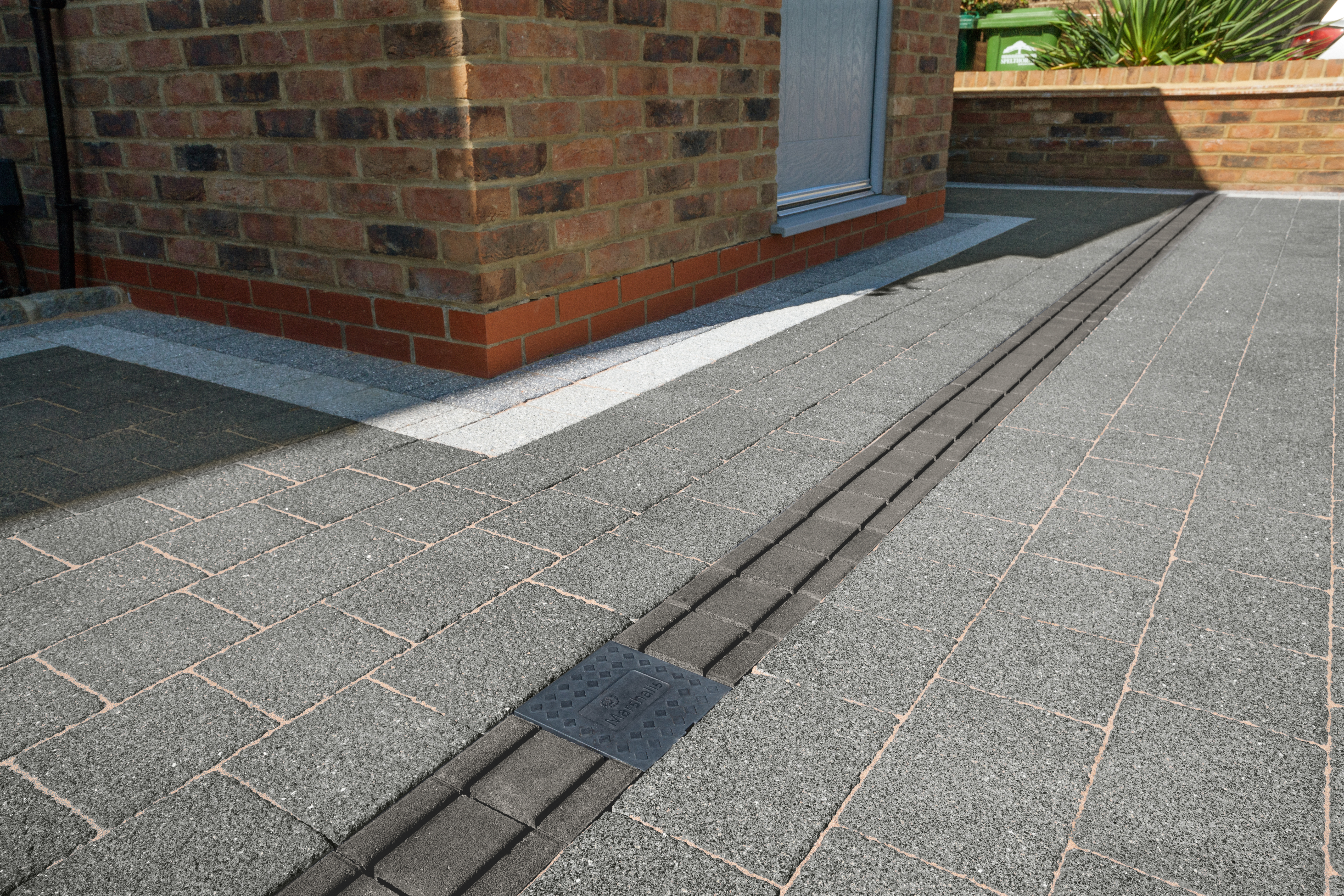
Gutters and drainage systems are crucial in controlling water flow around the home. It's good practice to routinely check the gutters and drains around your property, keeping an eye out for any areas in the system that may be over-worn, broken or just not regularly maintained.
Broken drains or gutters can cause water to surge in different parts of the system, interrupting the natural flow and leading to blockages and flooding.
We recommend cleaning your drains monthly and every two weeks during autumn if you're lucky enough to live in a leafy, green area it is even more important to maintain your gutters and drains regularly will help to stop blockages which restricts the flow of water to the correct areas.
2. Maintain your home’s roof
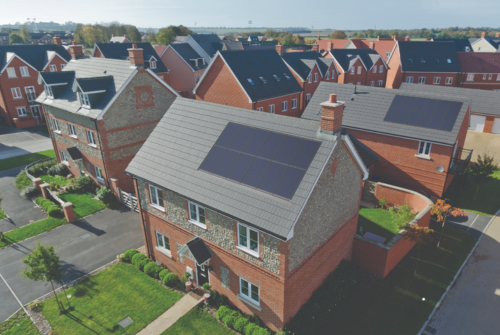
The roof is your home’s external armour, and keeping it in good condition protects the house, garden, and driveway. The roof protects your home from snowfall, rainfall, and debris carried by the wind. Therefore, it can sometimes take a beating and should be maintained regularly.
3. Choose the right surfaces for your garden

Bad surfaces and waterlogged soil are some of the leading causes of garden flooding. Some surfaces are more porous than others. To prevent your space from flooding, you will want an absorbent, porous surface.
Some great surfaces to use in your garden are green surfaces such as grass and flower beds, for paved areas you can look at options like permeable paving, which allows water to trickle between the paving units and absorb naturally back into the ground below.
4. Build garden walling
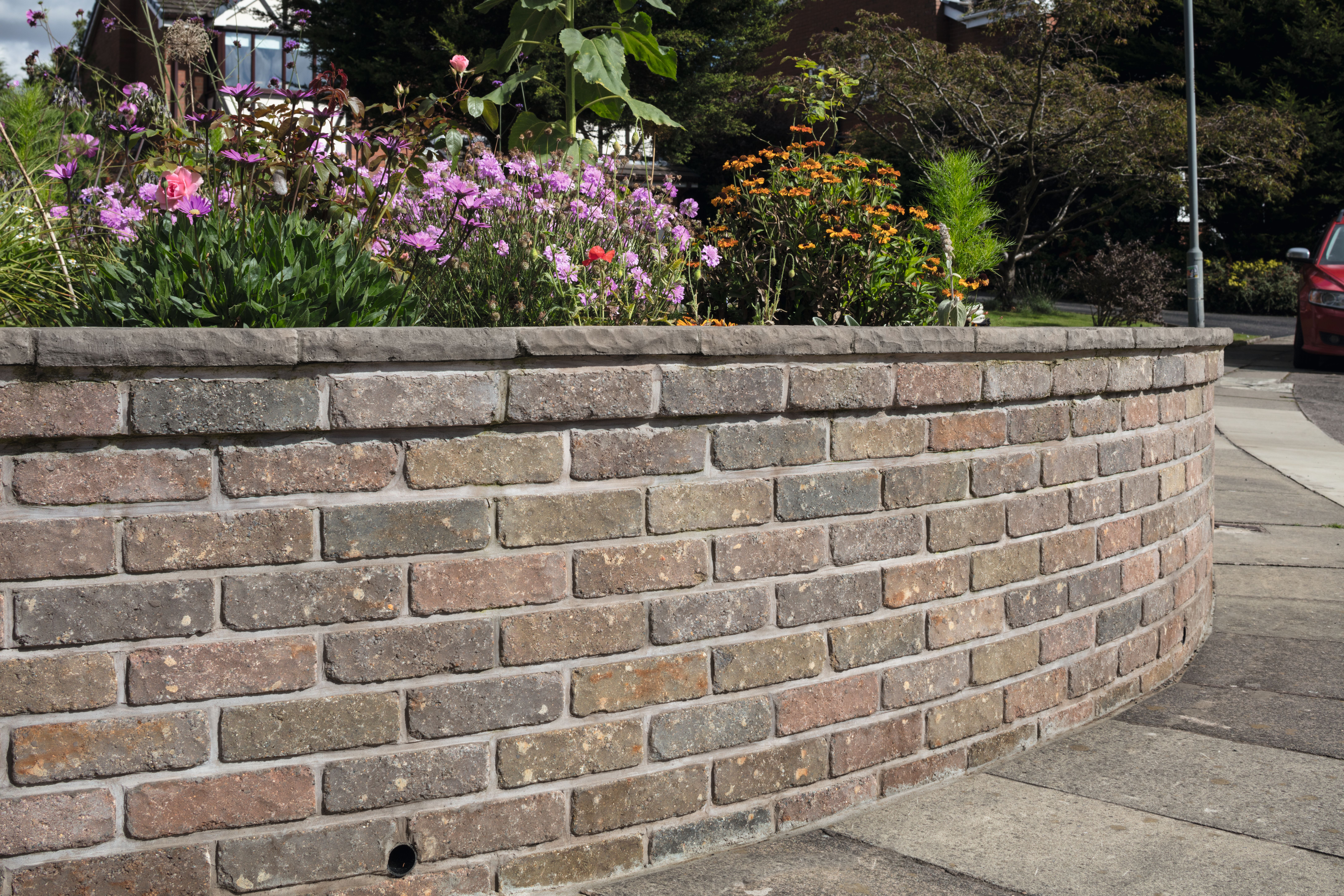
Garden walling is a great way to add height and sections to your garden, and it can reduce the risk of flooding. Walling helps manage water flow, prevent erosion, and protect garden features from the damaging effects of flooding.
5. Level lawns
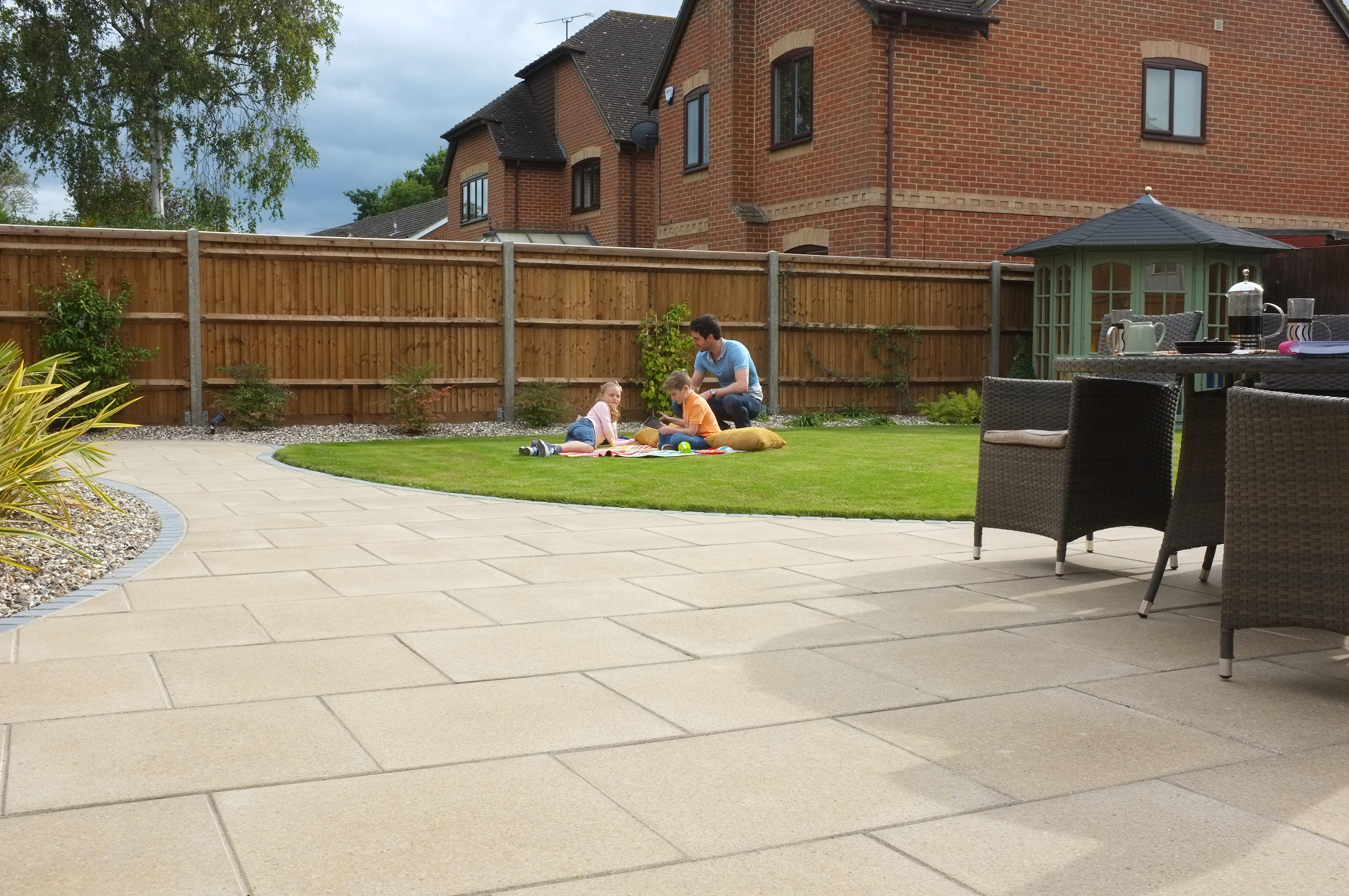
Healthy and level lawns help fight flooding with the help of physics. When water falls onto flat or level surfaces, it will move evenly to a draining point thanks to gravity. Uneven lawns will cause water to gather in certain localised areas of your garden, leading to flooding when the drainage system is overwhelmed.
No lawns? No worries. If you have a gravel garden or paving slabs, you can incorporate kerbs and edging to direct water flow to the correct areas where your designed flood relief system will cope with any excess water that falls within your curtilage. In turn, this will reduce the risk of flooding.
6. Be strategic in your planting
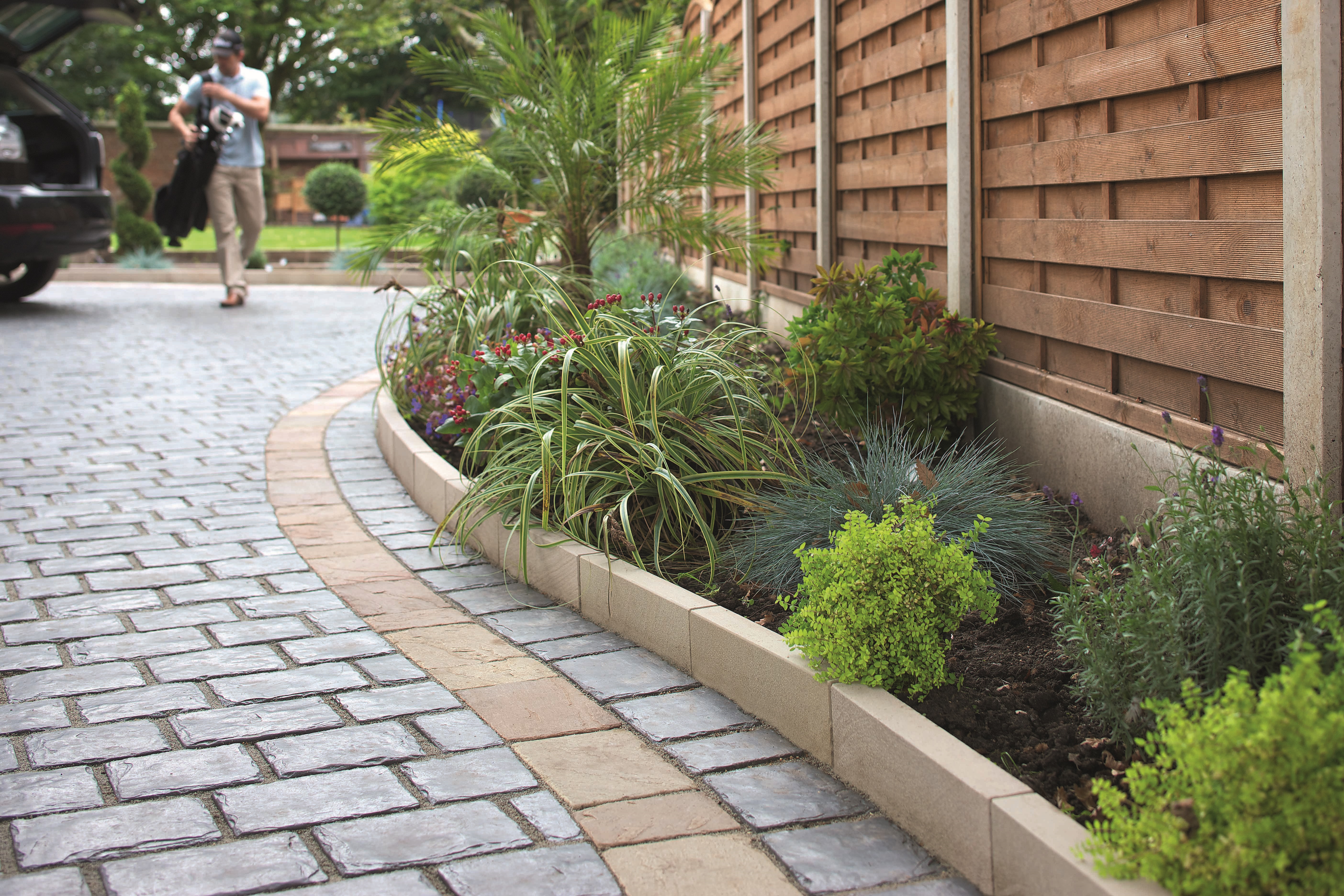
Plant roots are deceptively thirsty and are an excellent way to make your garden look healthy and fight against flooding. Thanks to their roots and appetite, plants in the soil will soak up much more water than soil on its own. If you strategically place a thirsty plant in an area that you've noticed is prone to flooding, you should see a difference.
Planting trees helps, too, but always make sure the trees you plant are not too close to the house footings or drainage systems where in future the roots may become a problem.
7. Rainwater harvesting

Although it may seem technical, rainwater harvesting can be a great way to preserve water resources while stopping flooding in your garden. By capturing the water from a roof, gutter, and other surfaces, you can decrease the build-up in your garden. The water commonly gets redirected into storage tanks/water butts to be utilised when required.
Prevent garden flooding with Marshalls
If you want to upgrade your garden for functional or aesthetic reasons, look no further than Marshalls.
Whether you're looking for brand-new garden paving to create your dream patio or permeable block paving driveways to tackle that surface run-off and achieve better garden drainage, we have a selection of paving to make your garden the fairest in the land.
To improve your garden further, look at our garden walling, driveway accessories, and natural stone paving ranges.
A perfect garden awaits: explore our approved garden and driveway installers to find an accredited landscape contractor near you today.
FAQs
What soaks up water in a garden?
If you have lots of excess water in your garden, plants, shrubs, and flowers are your friend. These little green helpers will absorb the water through their roots, alleviating some flooding water. The name for a patch of land where incredibly thirsty plants are placed to soak up water is often referred to as a bog garden. Bog gardens are great for your gardens’ biodiversity as they invite a lot of insect life into your garden.
How do I pump standing water out of my garden?
If your garden has suffered heavy rain and poor drainage, you may need to pump the water out. For this, you will need a submersible self-priming pump. When placing one end into the flooded area, you need to set the other end of the hose in an area where the water can drain freely causing no ongoing issues for your neighbours or the local services.
It's worth noting that you should always drain your water into a place that doesn't affect other people's gardens so as not to pass a problem from one person to another!
What do gravel support mats do?
Gravel support mats are designed to create a sturdy base beneath your installed gravel. They also support the natural, steady water flow from the gravel above them directly into the soil below and back to the ground whilst not overloading the existing drainage systems.










